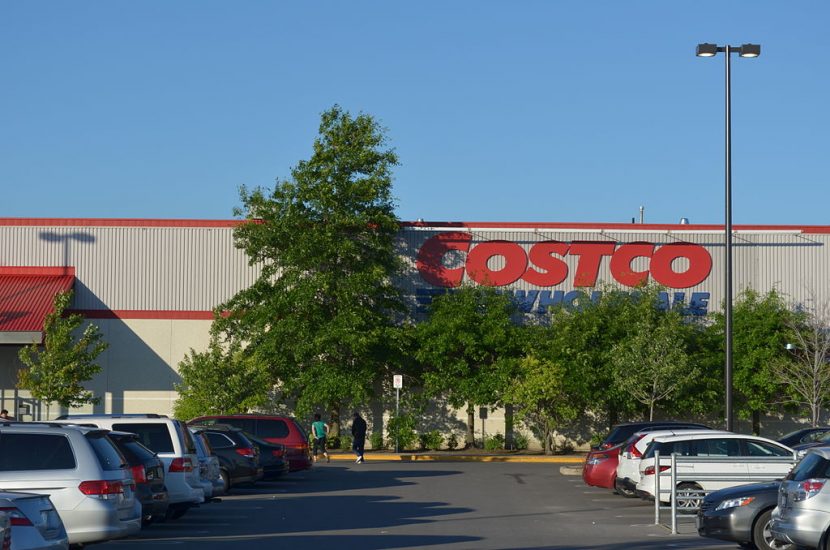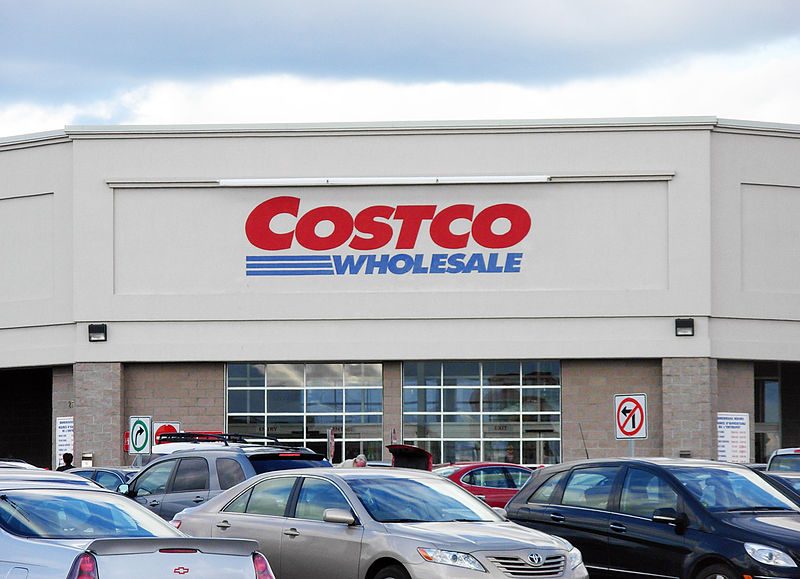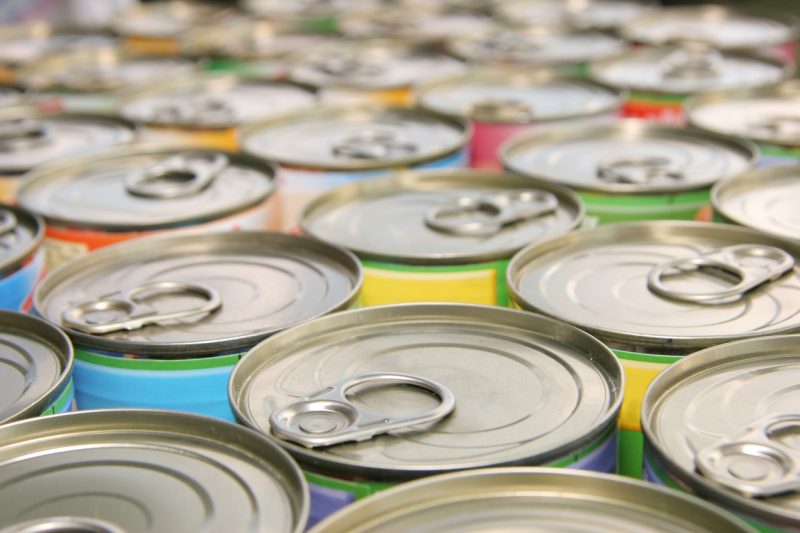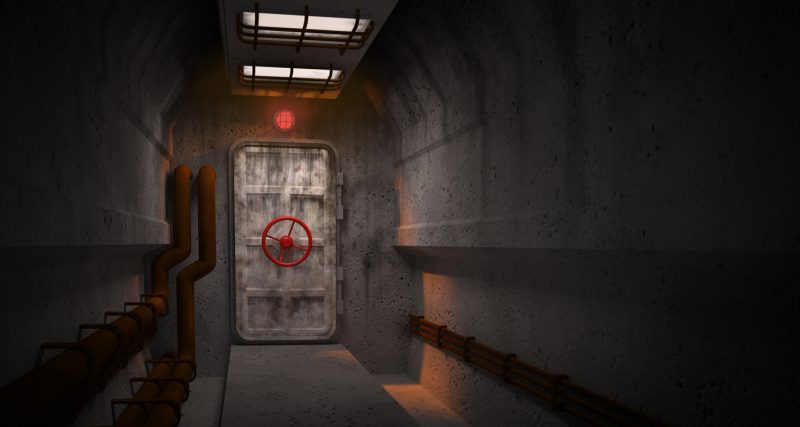Costco’s $6,000 Doomsday Kit Gets You Through Year One of the Apocalypse

I’m guessing that not too many of you remember the “duck and cover” air raid drills from the 1950s and 1960s, but I do. As children, given the threat of nuclear attack, our “protection” was this silly drill, which involved hiding under your desk at school and protecting your head by covering it up with your hands.
If you weren’t lucky enough to have a desk, you had to face a wall and cover your neck with your hands so the radiation would not burn you.

We’ve learned a little more since those naïve times, but apparently the survival gene is still very strong today. Maybe the first indicator of this is a sale at Costco.
According to Grub Street, Costco was offering a one-year food survival kit for you and your family of four for a mere $6000. If you are lucky enough to be a bachelor, that same one-year kit would set you back about $1000.
Since it’s Costco, the products change; the current “Emergency Food by the Pallet” offering contains 3986 servings for $4999.99. So, what do you get for your money?
You get hundreds of cans and packets of various freeze-dried and dehydrated foods, fruits, and staples like rice and pasta. Some of these items have a thirty-year shelf-life, so stock up now and avoid the rush.
Think this is just a publicity gimmick to put Costco in the headlines? Think again. Search “survival food kits” on Amazon and you get page after page of options to choose from – dozens and dozens of foods from eight or ten different suppliers. Run the same words through Google and be prepared to spend your day sorting through the options.
Search “prepping” or “preppers” – the other principal terms for this group – and you find over twenty pages of product listings on Amazon, from “how-to” books (yes, there is a “Prepping for Dummies” guide) to perimeter paintball Claymore mines to protect you and yours.

So, surely all this is meant for the handful of crazies loading up for the zombie apocalypse, correct? Not even close. Yahoo Finance estimates prepping to be a multi-billion-dollar industry supported by 3.7 million Americans.
The National Preppers and Survivalists Expo in Louisville attracted over seven thousand people and almost one hundred exhibitors for its two-day run. Miss that one? Maybe you can catch Survival Preppers Expo or PrepCon. This group of people even spawned a television reality show on National Geographic Network called Doomsday Preppers, which had a three-year run.
The growth of this movement continues by leaps and bounds, driven by real or imagined fears.
Nuclear war, acts of terrorism, catastrophic weather events like earthquakes and hurricanes, the collapse of financial systems, loss of our power grid, and personal disasters (like the loss of a job or a loved one) all represent potential episodes that can be somewhat alleviated by prepping or survivalist practices.
When we examine the elements that drive prepping, it comes down to maintaining the basics of life regardless of cataclysm.
This includes storage and/or maintaining the availability of food, including the meal-prep-type packages offered at Costco. Water is also mission-critical so many load up on purification systems and rainwater collection networks.
Clothing is also key, and, depending on your view of the severity of the threat, may run from basic, everyday clothing right up to special suits for hazardous material protection and gas masks.

Shelter and power also drive prepping habits. Shelters can range from tents and backpacks all the way to underground bunkers. Empty ocean freight containers are a popular choice for emergency shelters.
Power needs can be met by way of generators and solar panels. The last element is security – making sure you have what you need to protect yourself, your family, and your supplies.

So, if you find yourself aligned with this train of thought, here are some recommendations for you. Start with a little bit of everything – flashlights, food, water, and so on.
Variety, especially in your food choices, will combat boredom. Buy slowly and steadily; there is no need to cash in your 401k to buy everything at once. And, for those of you slightly more paranoid, if you purchase slowly your neighbors will never suspect you are building up a food cache.
Choose your timeframe – are you preparing to survive for 60 days after a hurricane or 60 years after a nuclear attack? And the final bits of advice: make sure you have a manual can opener and a desk to hide under.
